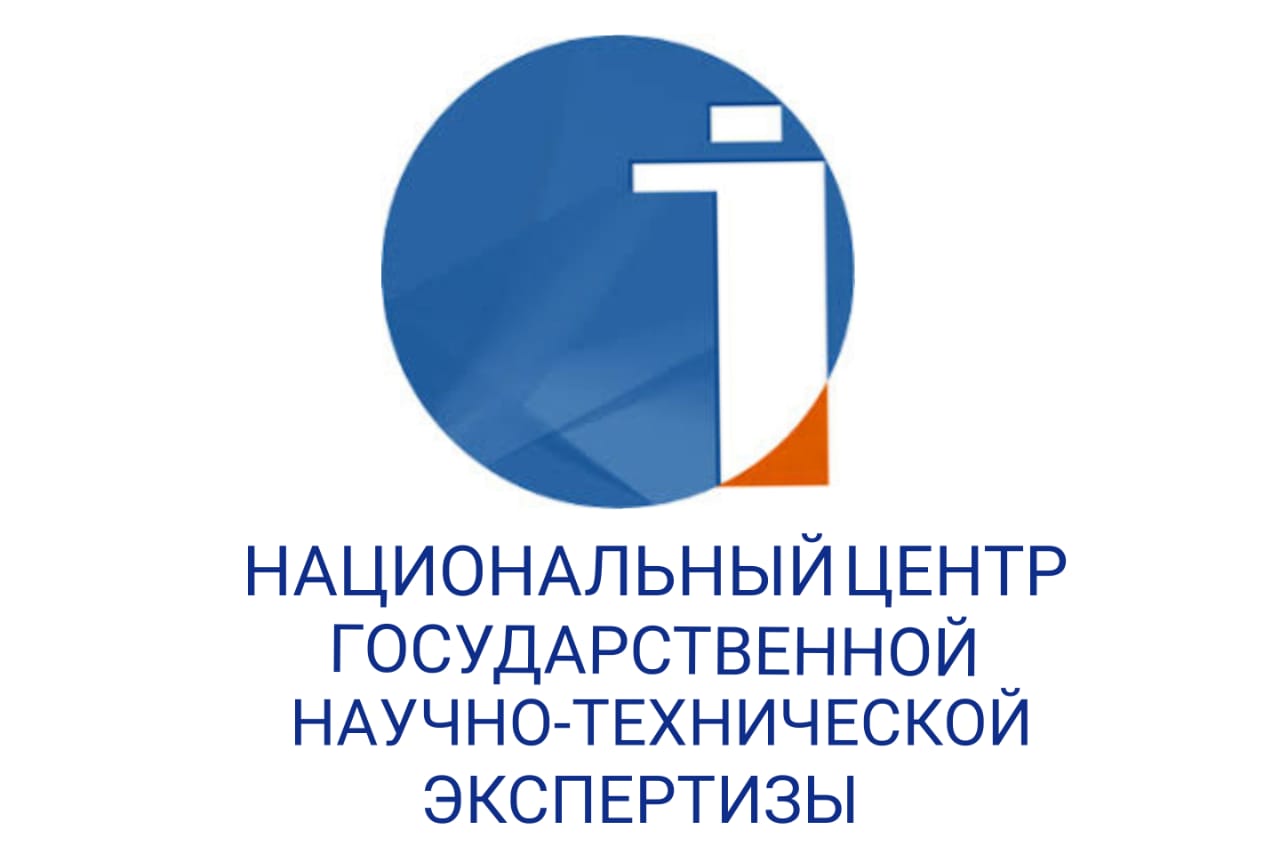TEACHING PROVERBS IN A FOREIGN LANGUAGE
DOI:
https://doi.org/10.48371/PHILS.2021.63.4.012Keywords:
paremiology, figurativeness, national specificity, linguodidactics, methodology, conceptualization, proverbs, picture of the world, units of language, conceptsAbstract
The article is devoted to the problem of studying proverbs as a kind of paremiological cliché, which is characterized by both common human (universal) properties and national-cultural specifics, which actualizes the study of paremias not only in the theory of language, but also in comparative linguistics and linguodidactics. Although proverbs in Russian, Kazakh and Chinese languages have a single logical structure, their invariant meaning, according to the speech situation, is differently transmitted to another language, and taking this into account can also significantly increase the effectiveness of teaching Russian as a foreign language.
The purpose of researching these proverbs in the article is to study the possibilities, techniques and methods of transferring the national and spiritual wealth of peoples on the basis of Russian and Chinese proverbs.
The material of the research was the proverbial units on the topic “Man and his world”, extracted from dictionaries of different types: bilingual Russian-Chinese dictionaries, phraseological dictionaries of the Russian and Chinese languages, as well as monolingual dictionaries of Russian and Chinese proverbs in order to select national-specific proverbs from them ...
The scientific significance of this work lies in the attempt to carry out a comprehensive comparative-translation and semantic analysis of the concepts of "man and his world" using the example of proverbs using both unrelated languages, heterogeneous (Russian and Chinese).
The practical value of the study lies in the knowledge of the national and cultural specifics, contributing to the implementation and expansion of intercultural, interethnic communication. The conclusions of the work can be used as educational and didactic material in teaching in the development of topics and writing term papers and theses.
Often, when reading a literary text, including folklore or fable genres, foreign students, not understanding the meaning of figurative means, can interpret them distortedly, since the rules of another language and another culture are implemented in it, and when reading there is an indirect communication of representatives of various linguo-ethnocultural communities.
In this situation, the language barrier is not the only reason that stood in the way of mutual understanding. In the semantics of proverbs of different peoples, various knowledge about the world and the structure of their representation are presented, which should determine the teacher's attention to the use of these linguistic units in teaching a foreign language.








